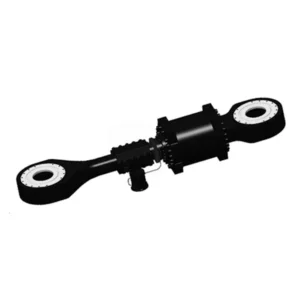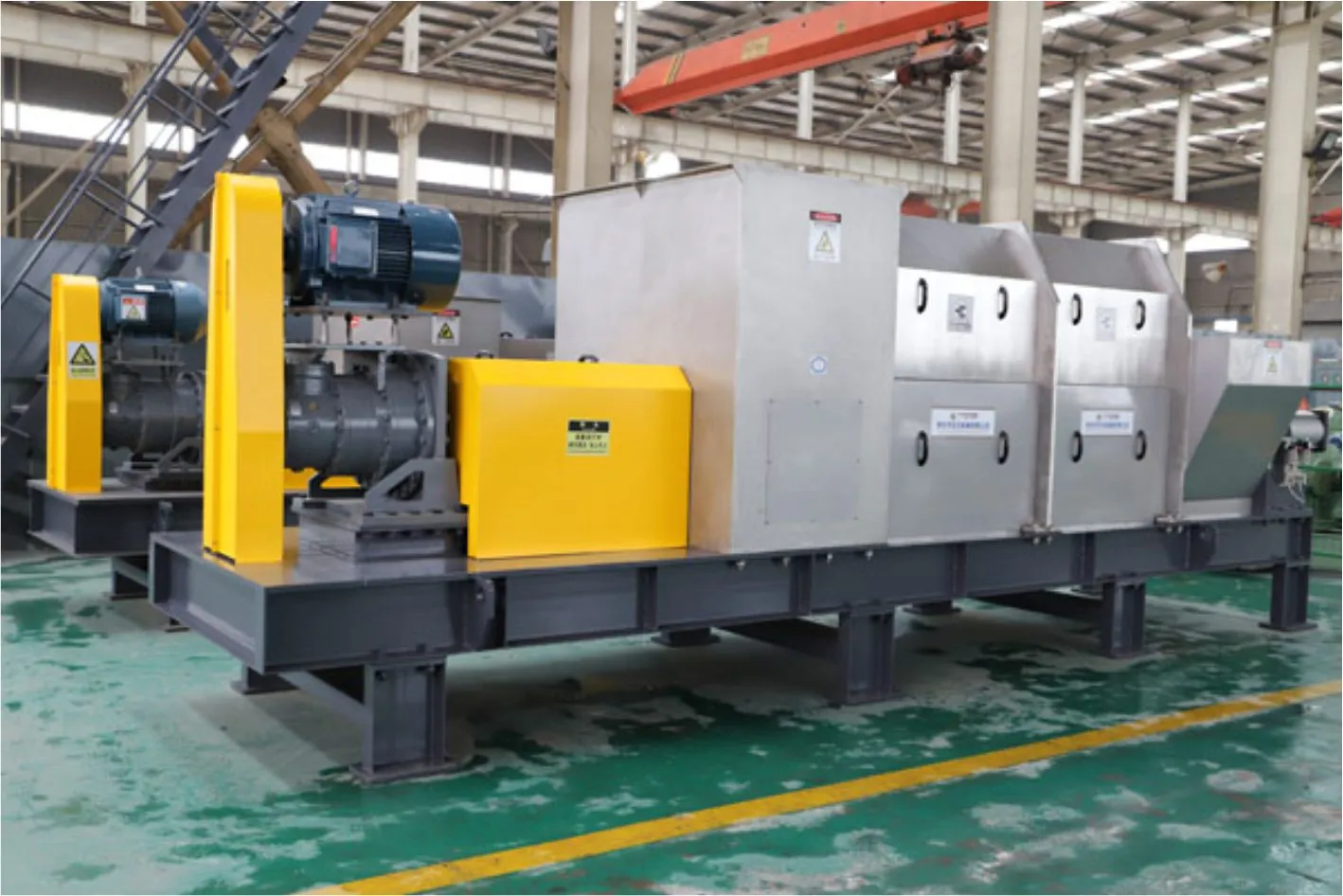Cement Equipment Vertical Mill Cylinder
Jako jeden z producentów, dostawców i eksporterów produktów mechanicznych, oferujemy cylindry hydrauliczne i wiele innych produktów.
Prosimy o kontakt w celu uzyskania szczegółowych informacji.
Poczta:sales@hydraulic-cylinders.net
Producent dostawca eksporter siłowników hydraulicznych.
Cement Equipment Vertical Mill Cylinder

The cement equipment vertical mill cylinder is a crucial component in the cement manufacturing process, designed to improve efficiency and productivity in cement plants. This cylinder plays a vital role in vertical roller mills, which are widely used for grinding raw materials and clinker in the cement industry.
The cement equipment vertical mill cylinder is a critical component in cement production, enhancing efficiency and productivity in cement plants. This cylinder ensures reliable and efficient operation with its robust construction, high-pressure resistance, precise machining, and advanced sealing technology. By following recommended usage methods and maintenance practices, you can maximize the performance and longevity of the cement equipment vertical mill cylinder, ultimately improving the productivity and profitability of your cement manufacturing operations.
Cement Equipment Vertical Mill Cylinder Key Characteristics:
- Robust Construction:
- Built with high-quality materials for durability in demanding cement plant environments.
- It withstands heavy loads and maintains optimal performance during the grinding process.
- High Pressure Resistance:
- Specifically designed to withstand high-pressure applications commonly found in vertical roller mills.
- Handles intense forces generated during the grinding of raw materials and clinker.
- Precise Machining:
- Undergoes precise machining processes for accurate dimensions and tight tolerances.
- Enables smooth and precise movement, contributing to overall performance and output.
- Advanced Sealing Technology:
- Equipped with advanced sealing technology to prevent hydraulic fluid leakage.
- Reliable sealing minimizes downtime, reduces maintenance costs, and enhances efficiency.
Cement Equipment Vertical Mill Cylinder Parameter:
| Product Name | Cement Equipment Vertical Mill Cylinder |
| Features: | Ensure the middle position of the clamp head |
| Bore diameter: | 200mm~700mm |
| Rod diameter: | 130mm~500mm Stroke: ≤500mm |
| Thrust force: | Max 5387KN (Cylinder diameter 700mm/pressure14MPa) |
| Cement Equipment Vertical Mill Cylinder Applications: | Cement Equipment |
Rod diameter: 130mm~265mm
Stroke: ≤4000mm
(Cylinder diameter 540mm/pressure 21MPa)
Electric Furnace Cylinder Factory:

Usage Method Of Cement Equipment Vertical Mill Cylinder:
- Installation:
- Follow the manufacturer’s guidelines for secure installation onto the vertical roller mill.
- Ensure proper alignment and attachment for stable and safe operation.
- Hydraulic Connection:
- Connect the cylinder to the hydraulic system using appropriate fittings and hoses.
- Verify secure connections without any leaks.
- System Calibration:
- Calibrate the hydraulic system to optimize the performance of the Cylinder.
- Adjust pressure settings and flow rates according to the manufacturer’s recommendations.
- Operation and Control:
- Activate the hydraulic system to initiate the operation of the vertical roller mill.
- The cylinder engages with the grinding rollers, exerting the necessary force for grinding and pulverizing.
- Monitor and adjust the cylinder’s position, pressure, and speed through the control panel or interface.
How To Rebuild Hydraulic Cylinders?
Rebuilding hydraulic cylinders can help restore their functionality and extend their service life. Here is a general guide on how to rebuild hydraulic cylinders:
- Gather Tools and Materials:
- Safety gloves and goggles
- Wrenches and sockets
- Pry bar or seal removal tool
- Rubber mallet or hammer
- Cylinder repair kit (includes seals, O-rings, and other necessary components)
- Hydraulic fluid
- Clean rags or towels
- Safety Precautions:
- Before beginning the rebuild process, ensure the hydraulic system is depressurized and the cylinder is fully retracted.
- Wear safety gloves and goggles to protect yourself from any potential hazards.
- Remove the Cylinder:
- Disconnect the hydraulic lines from the cylinder using wrenches or sockets.
- Use a pry bar or seal removal tool to carefully remove the piston or gland from the cylinder barrel.
- Inspect the cylinder components for any signs of damage or wear.
- Disassemble the Cylinder:
- Carefully disassemble the cylinder by removing the retaining rings or bolts that hold the various components together.
- Take note of the order and arrangement of the components for accurate reassembly.
- Clean and Inspect:
- Thoroughly clean all the cylinder components using a suitable solvent to remove dirt, debris, and old hydraulic fluid.
- Inspect the components for any signs of damage, wear, or pitting. Replace any damaged or worn parts.
- Replace Seals and O-rings:
- Refer to the cylinder repair kit and identify the appropriate seals and O-rings to replace.
- Install the new seals and O-rings according to the manufacturer’s instructions and using the proper lubrication.
- Reassemble the Cylinder:
- Begin reassembling the cylinder by carefully placing the piston or gland back into the cylinder barrel.
- Reattach the retaining rings or bolts to secure the components together.
- Follow the correct order and arrangement of the components as noted during disassembly.
- Test and Reinstall:
- Once the cylinder is reassembled, test its movement manually to ensure smooth operation.
- Reconnect the hydraulic lines and ensure they are properly tightened.
- Refill the hydraulic system with the recommended hydraulic fluid.
- Check for Leaks and Functionality:
- Start the hydraulic system and carefully observe the cylinder for any signs of leaks.
- Monitor the cylinder’s functionality and ensure it operates smoothly without any issues.
Możliwości i pojemność fabryki:
(1) Montaż
Dysponujemy najwyższej klasy niezależną platformą badawczo-rozwojową. Warsztat produkcji siłowników hydraulicznych posiada cztery półautomatyczne linie montażowe siłowników podnoszących i jedną automatyczną linię montażową siłowników przechyłu, o projektowanej rocznej zdolności produkcyjnej 1 miliona sztuk. Specjalny warsztat cylindrów jest wyposażony w różne specyfikacje półautomatycznego systemu montażu czyszczącego o projektowanej rocznej zdolności produkcyjnej 200 000 i wyposażony w słynny sprzęt do obróbki CNC, centrum obróbcze, specjalny sprzęt do precyzyjnej obróbki cylindrów, robot spawalniczy, automatyczna maszyna czyszcząca, automatyczna maszyna do montażu cylindrów i automatyczna linia produkcyjna do malowania. Istniejący krytyczny sprzęt składa się z ponad 300 zestawów. Optymalna alokacja i efektywne wykorzystanie zasobów sprzętowych zapewniają wymagania dotyczące dokładności produktów i spełniają potrzeby wysokiej jakości produktów.


(2) Obróbka
Warsztat obróbki skrawaniem jest wyposażony w niestandardowe centrum tokarskie z pochyloną szyną, centrum obróbcze, szybkobieżną honownicę, robota spawalniczego i inny powiązany sprzęt, który może obsługiwać przetwarzanie rur cylindrycznych o maksymalnej średnicy wewnętrznej 400 mm i maksymalnej długości 6 metrów.

(3) Spawanie

(4) Malowanie i powlekanie
Z małymi i średnimi automatycznymi liniami do powlekania farbami na bazie wody, w celu osiągnięcia automatycznego załadunku i rozładunku robota oraz automatycznego natryskiwania, wydajność projektowa 4000 sztuk na zmianę;
Posiadamy również półautomatyczną linię do produkcji farb do dużych cylindrów napędzaną łańcuchem napędowym, o wydajności 60 skrzyń na zmianę.


(5) Testowanie
Dysponujemy najwyższej klasy urządzeniami kontrolnymi i stanowiskami testowymi, aby zapewnić, że wydajność cylindra spełnia wymagania.

We are one of the best hydraulic cylinder manufacturers. We can offer comprehensive hydraulic cylinders. We also provide corresponding przekładnie rolnicze. Eksportowaliśmy nasze produkty do klientów na całym świecie i zdobyliśmy dobrą reputację dzięki najwyższej jakości produktów i usług posprzedażnych. Zapraszamy klientów w kraju i za granicą do kontaktu z nami w celu negocjacji biznesowych, wymiany informacji i współpracować z nami!
Zapraszamy na wycieczkę po naszej fabryce VR:
Wybierz się na wycieczkę po naszej fabryce VR z następującymi elementami
Jak działa siłownik hydrauliczny wózka widłowego?
Siłownik hydrauliczny Zastosowanie:


